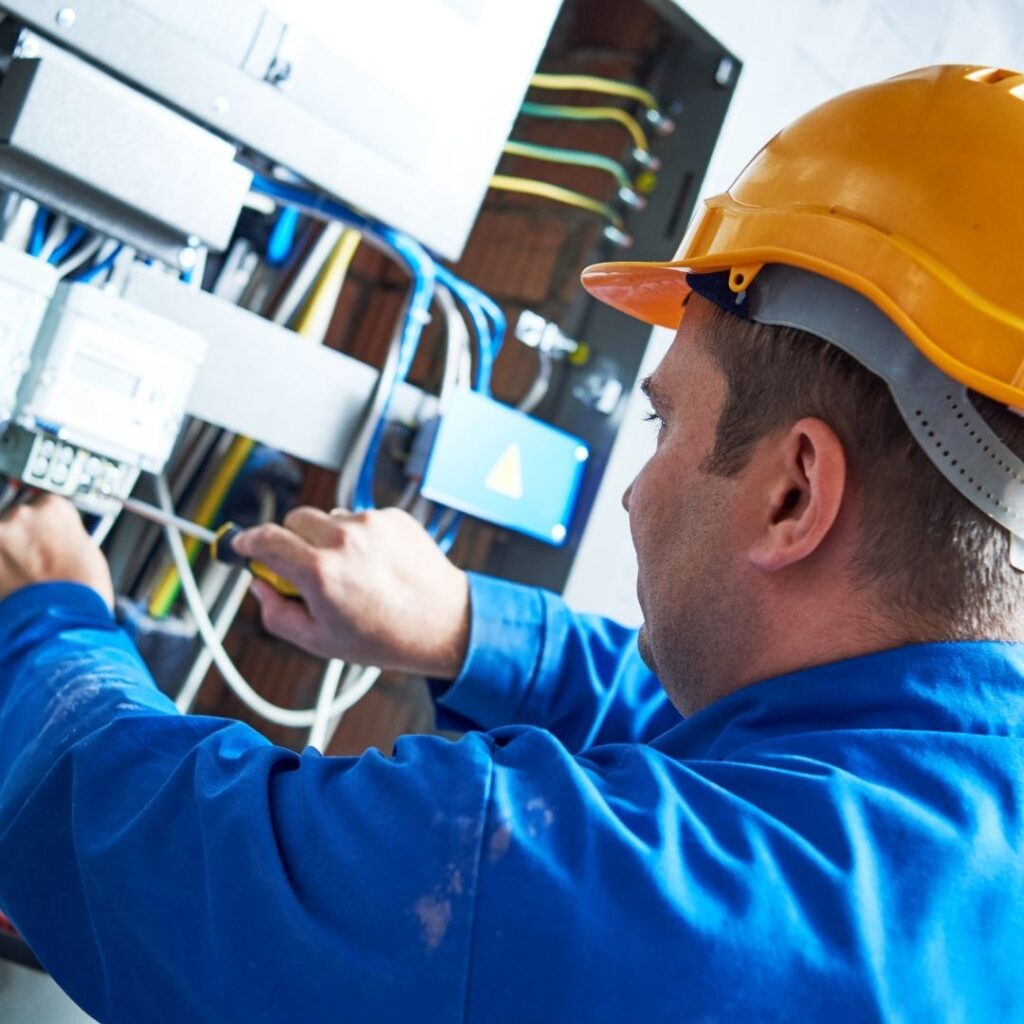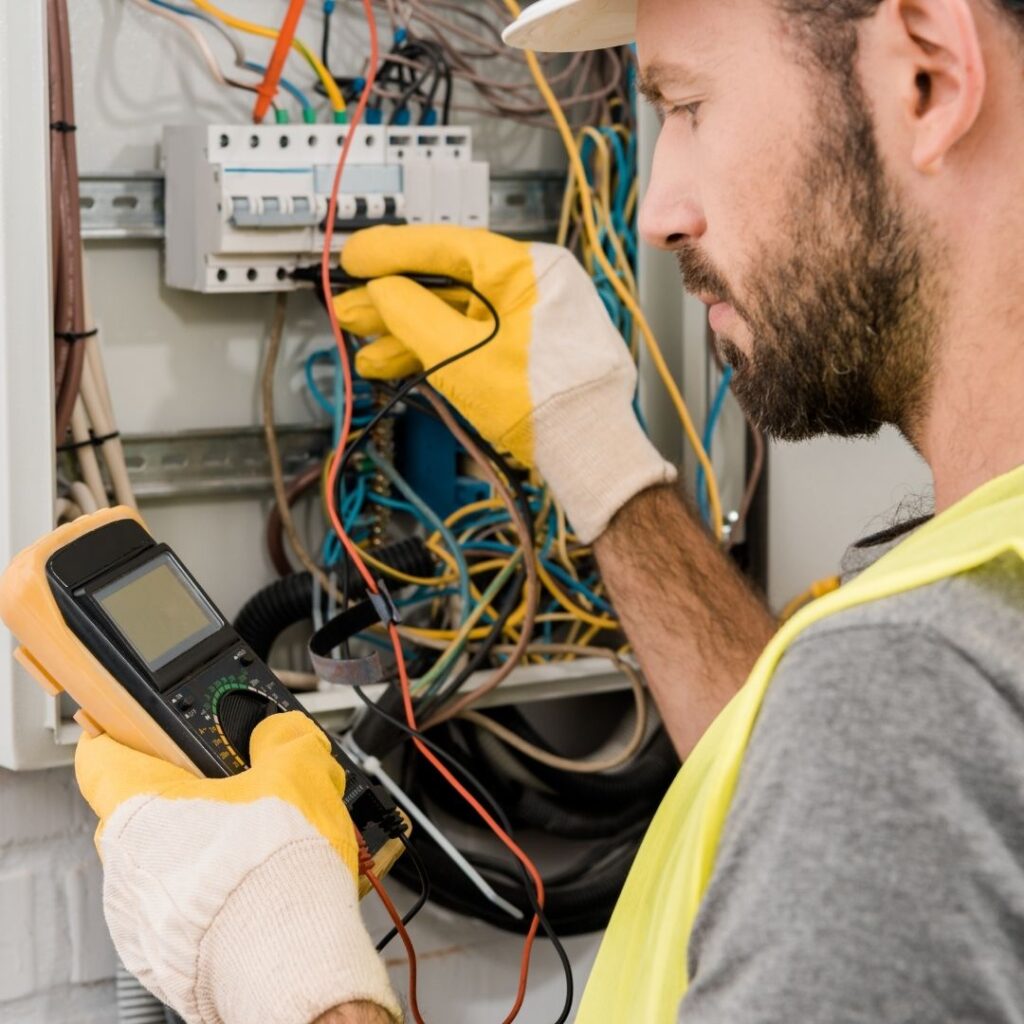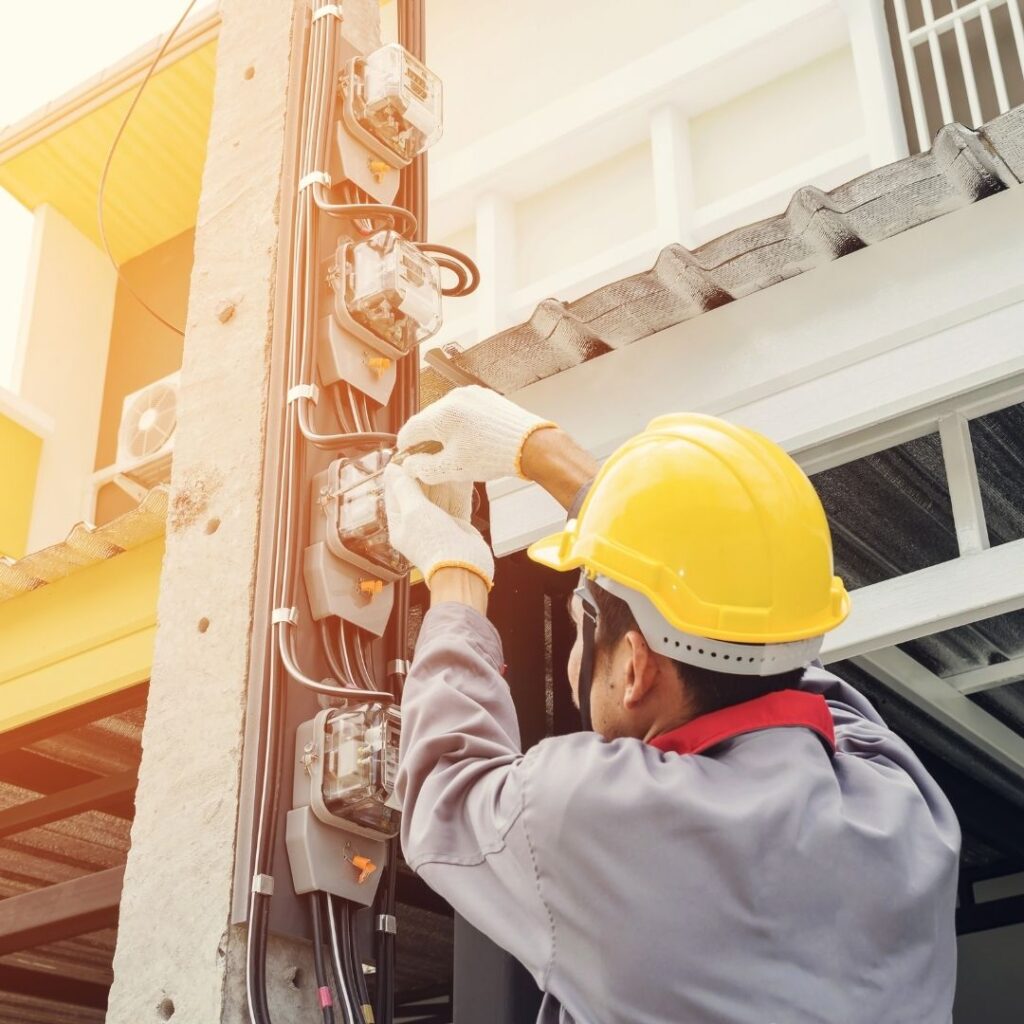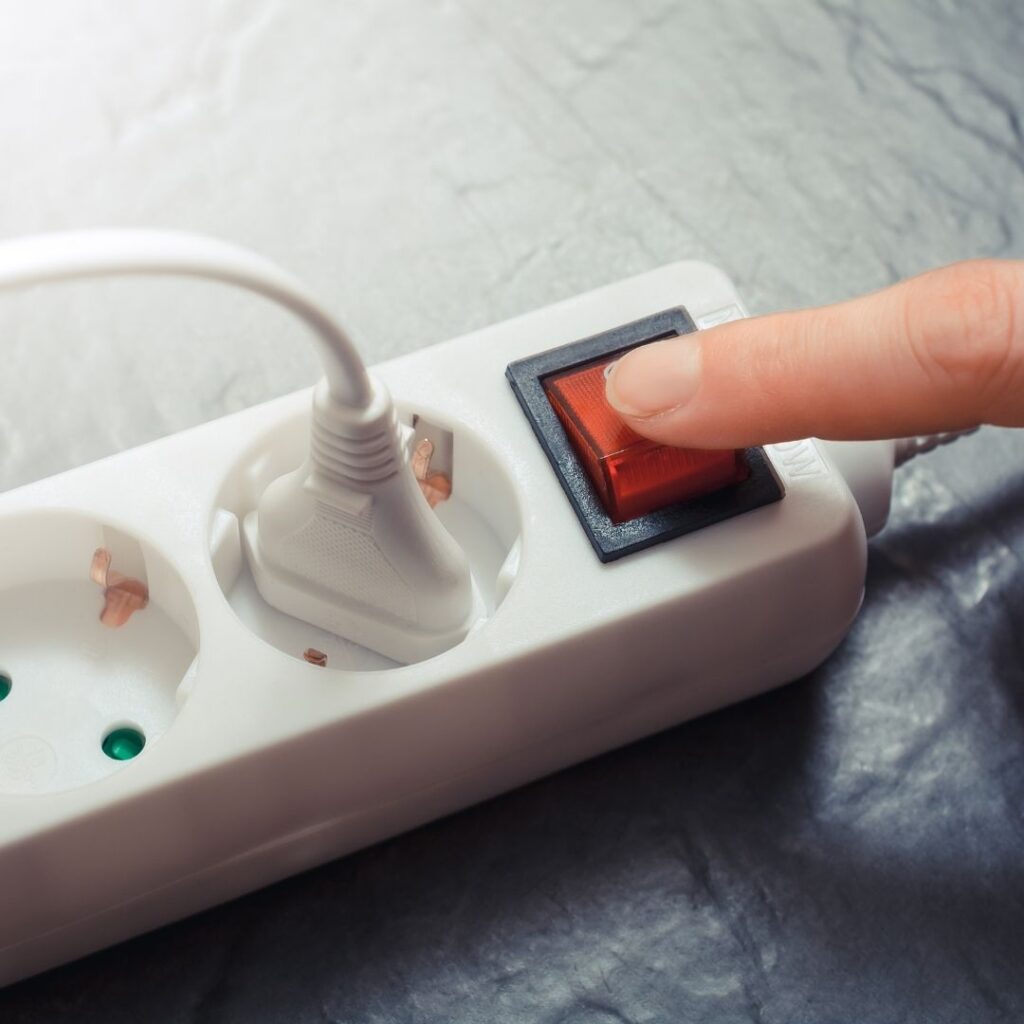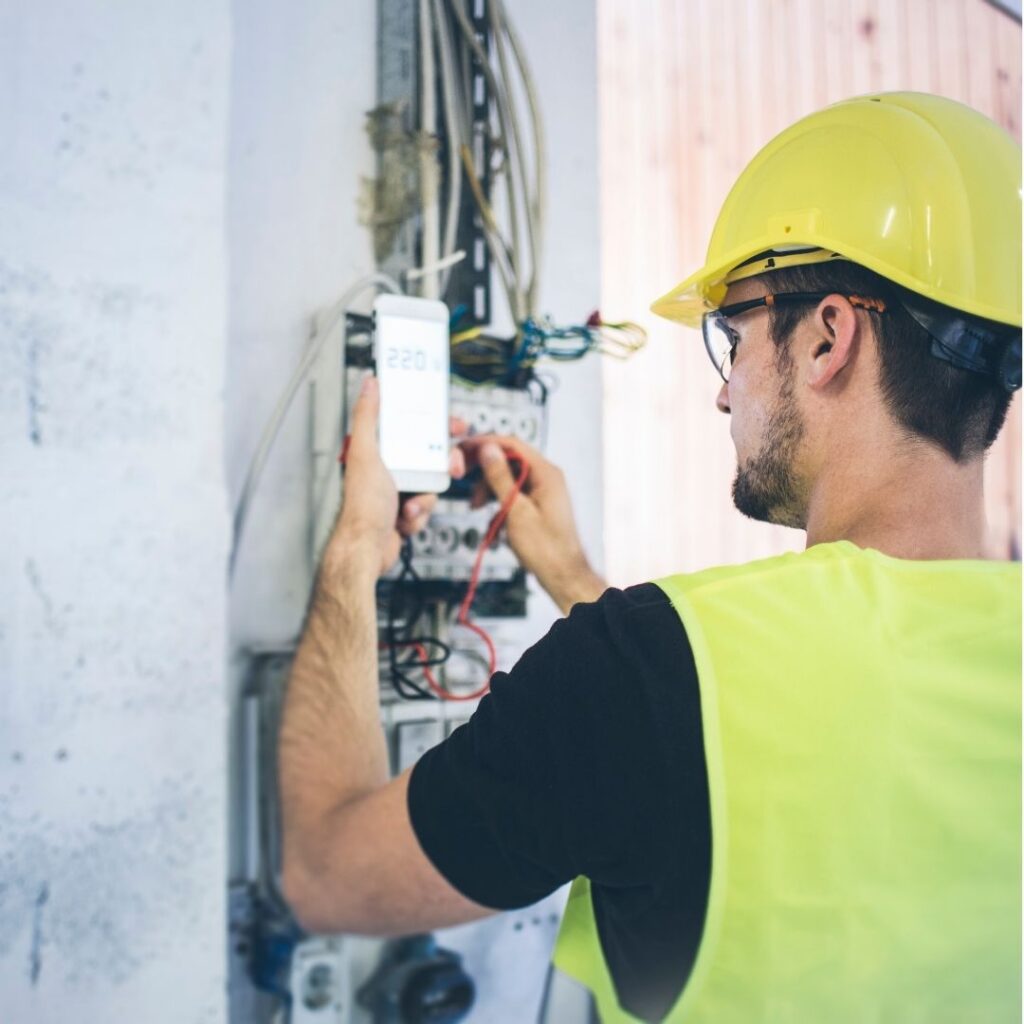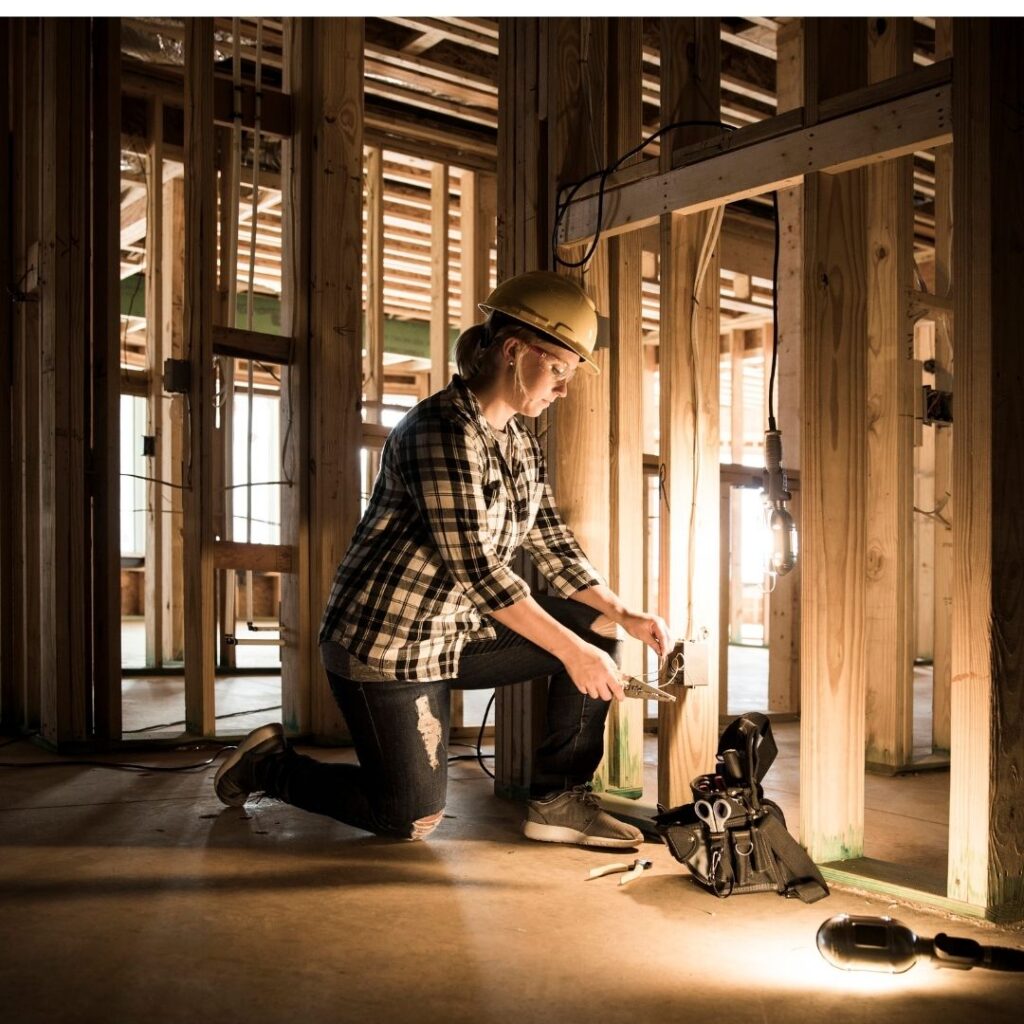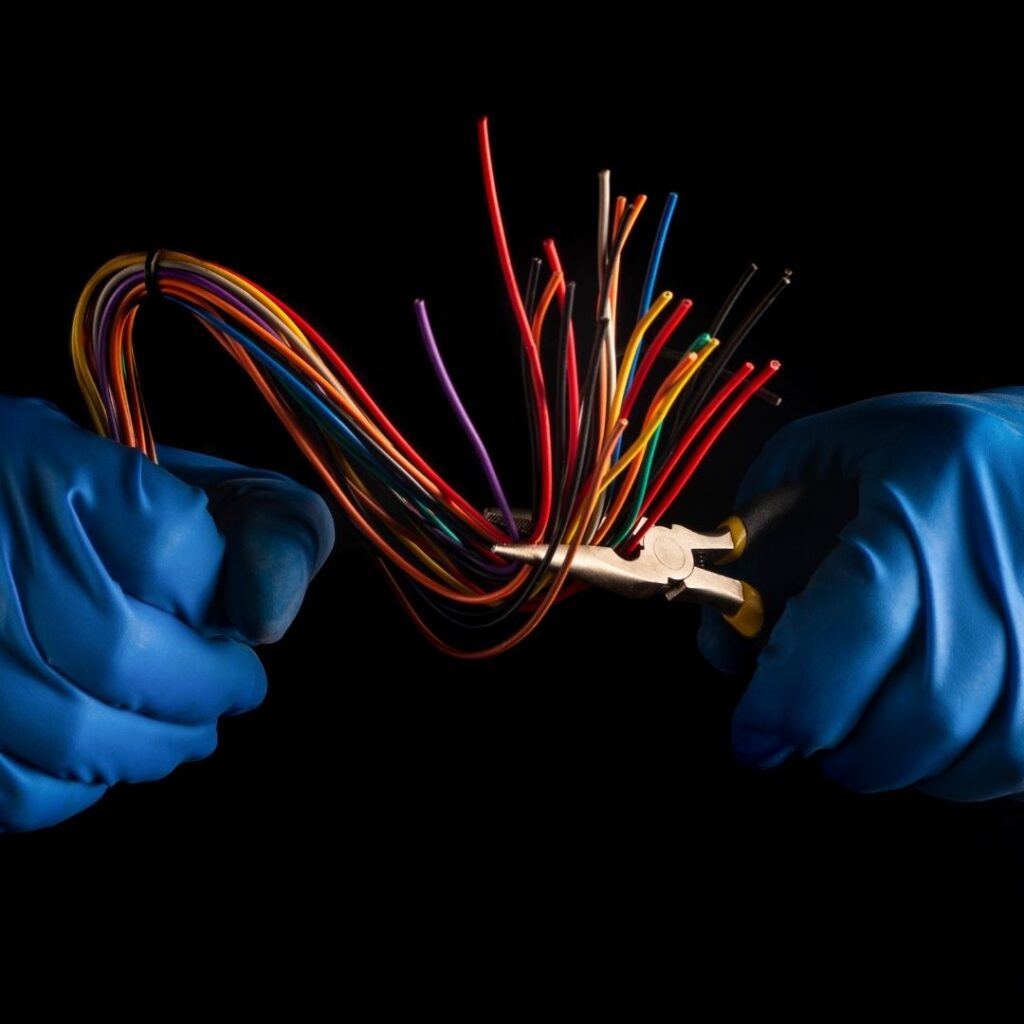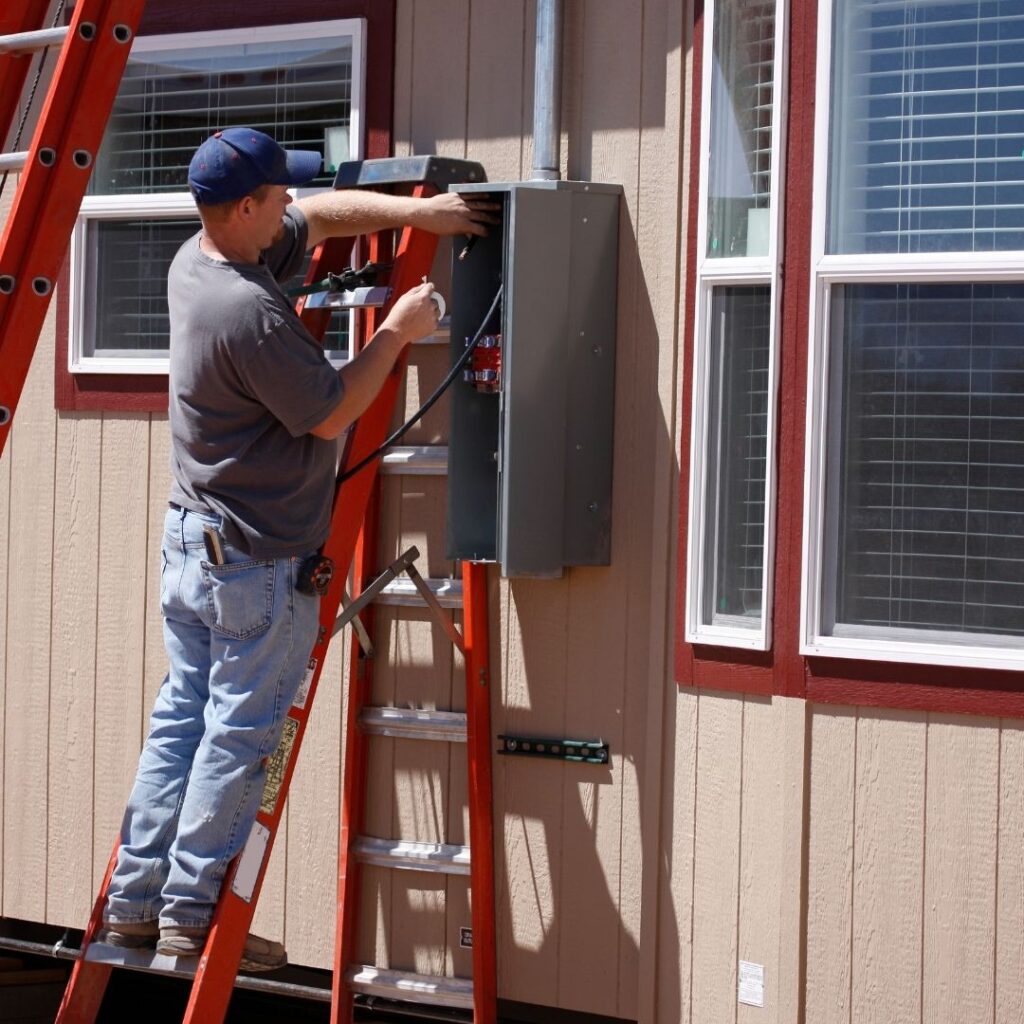The Complete Guide to Professional Data Cable Installation
Data cable installation forms the backbone of modern connectivity in both residential and commercial properties. Proper cable installation ensures reliable network performance, supports high-speed internet access, and enables seamless communication between devices. This comprehensive guide explores the critical aspects of professional cable installation, from planning and implementation to maintenance and troubleshooting. Understanding the Importance of Quality Cable Installation A well-executed data cable installation provides numerous advantages over wireless alternatives, including faster speeds, greater reliability, and enhanced security. Unlike wireless signals that can be affected by interference, properly installed data cables deliver consistent performance regardless of environmental factors. For businesses considering network upgrades, Commercial Electrician Services often include professional cable installation as part of comprehensive infrastructure improvements. The quality of cable installation directly impacts network performance. Poorly installed cables can lead to signal degradation, intermittent connectivity issues, and even complete network failures. This makes professional data cable installation particularly crucial for offices, smart homes, and industrial facilities where reliable connectivity is essential. Types of Cables Used in Modern Installations Several cable types serve different purposes in cable installation projects. Category 6 (Cat6) and Category 6A (Cat6A) cables are currently the most common choices for Ethernet networks, supporting gigabit speeds and beyond. Fiber optic cables provide even greater bandwidth and are increasingly used in both commercial and high-end residential data cable installation projects. Coaxial cables still play a role in certain applications, particularly for cable television and some internet services. When planning a cable installation, it’s important to select the appropriate cable type based on current needs and future requirements. An Electrical Test House evaluation can help determine the most suitable cabling infrastructure for your specific property. Planning Your Data Cable Installation Project Proper planning is essential for successful cable installation. Begin by creating a detailed map of your property, identifying all locations that require network access. Consider both current needs and potential future requirements to avoid costly upgrades down the line. The planning phase should also account for cable pathways, ensuring they don’t interfere with electrical wiring or other building systems. For larger projects, consulting with professionals like those at Lightspeed Electricals can help optimize your data cable installation design. Their expertise ensures proper cable management, adequate bandwidth allocation, and compliance with relevant building codes and standards. Professional vs. DIY Data Cable Installation While some homeowners attempt DIY cable installation, professional installation offers significant advantages. Certified technicians have the proper tools and knowledge to handle challenges like running cables through walls, terminating connections correctly, and testing installed cables for optimal performance. They also understand how to maintain proper separation from electrical wiring to prevent interference. In commercial settings, professional Industrial Electrician Services are essential for complex data cable installation projects that may involve specialized requirements like plenum-rated cables or industrial-grade connectors. These professionals ensure installations meet all safety and performance standards. Key Steps in Professional Data Cable Installation A complete professional cable installation typically follows several key steps. Technicians begin by assessing the property layout and identifying optimal pathways for cable runs. They then carefully measure and cut cables to precise lengths, avoiding unnecessary slack while maintaining service loops for future maintenance. Proper cable termination is critical in data cable installation, with each connection carefully secured and tested for signal integrity. The installation process also includes labeling all cables and creating detailed documentation for future reference. Finally, comprehensive testing verifies that the entire installation meets performance specifications. Cable Installation in Different Property Types Cable installation requirements vary significantly depending on property type. In residential settings like those served by an Electrician Chippendale, installations often focus on connecting home offices, entertainment systems, and smart home devices. These projects typically require careful consideration of aesthetics to maintain the home’s appearance. Commercial data cable installation projects demand more robust solutions to support multiple users, servers, and networked equipment. Waterfront properties in areas like Kirribilli, where you might hire an Electrician Kirribilli, may require additional protection against moisture and corrosion for outdoor cable runs. Testing and Certification of Data Cable Installations After completing a cable installation, professional testing ensures all connections meet industry standards. Technicians use specialized equipment like cable certifiers to verify parameters such as wire mapping, attenuation, and crosstalk. These tests confirm that the installation will support the intended network speeds and performance. Certification documents provided after testing serve as valuable records for property owners and future technicians. They’re particularly important for commercial properties where network performance directly impacts business operations. The testing process is similar in principle to using a Home Circuit Tester for electrical systems, but specialized for data network requirements. Maintaining Your Data Cable Installation Proper maintenance extends the life and performance of your cable installation. Regular inspections can identify potential issues like damaged cables, loose connections, or environmental damage before they cause network problems. Keeping detailed records of your data cable installation, including diagrams and test results, simplifies troubleshooting and future expansions. For businesses, scheduled maintenance as part of ongoing Commercial Electrician Services helps ensure network reliability. This may include periodic re-testing of critical connections and inspection of cable management systems to prevent damage from overcrowding or improper strain. Upgrading Existing Data Cable Installations Technology evolves rapidly, and older cable installation projects may need upgrades to support modern requirements. Common upgrade scenarios include replacing Cat5e cables with Cat6 or higher for greater bandwidth, adding fiber optic connections for high-speed backbone links, or expanding network coverage to accommodate new devices and usage patterns. When planning upgrades, consider future-proofing your data cable installation by installing higher-grade cables than currently needed. This approach can delay the need for further upgrades as network demands increase. Professional installers can assess your existing infrastructure and recommend the most cost-effective upgrade path. Troubleshooting Common Cable Installation Issues Even well-executed cable installation projects can develop issues over time. Common problems include connector failures, cable damage from environmental factors or pests, and signal degradation from improper installation techniques. Professional technicians use specialized tools to diagnose these issues, including time-domain reflectometers that can pinpoint the exact location of cable faults. For complex troubleshooting scenarios, especially in commercial or industrial settings, the expertise provided by Industrial Electrician Services can be invaluable. These professionals understand how to diagnose and resolve issues in demanding environments where network reliability is critical. Safety Considerations
The Complete Guide to Professional Data Cable Installation Read Post »

